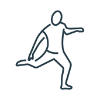So following on from our last blog on running, below is a brief description of the common running injuries that we see at 108 SEM Clinic and some useful ideas to help you manage your pain levels. No harm in giving them a try and see how you get on.
Exertional lower leg pain
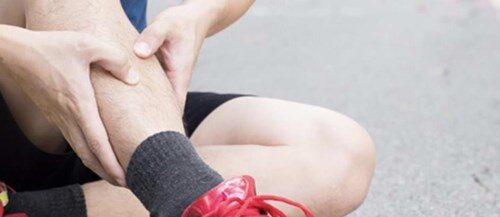
This is a form of exercise induced leg pain and is more commonly seen in endurance athletes and military personnel. This condition quite often responds favourably modifying certain aspects of the running gait such as reducing dorsiflexion (toes to nose) at the ankle (possibly reducing the work of the tibialis anterior muscle), biasing more of a mid foot strike (possibly reducing stress on the leg), increasing hip flexion to help reduce load on the muscles of the lower limb, decreasing stride length, increasing stride rate (running faster) and promoting a more upright running posture to help reduce overstriding and impact loading at foot strike (Seay et al 2008; Breen 2015). This should then be complemented by a graded return to running program and run specific strength program. My advice would be to get a friend to video you running from the side, front and from behind and see if you can spot any of the above trends yourself and if present, address them one by one and note the outcome.
Plantar fasciopathy
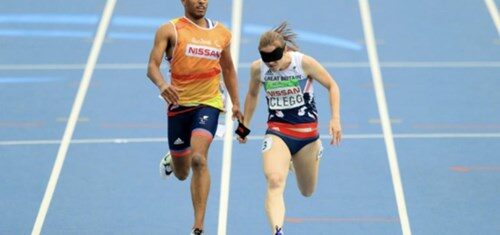
This can be a very tricky condition to treat for sure and can grumble on for some time. A possible solution might come in the form of altering loading forces going through the foot by “tinkering” with stride length, initial ground contact and footwear which can be effective if combined with a graded corrective gym and running program. If symptoms are very debilitating it might be worth seeking some help with modifying pain levels through mindfulness, pain medication, pain cold treatment or a combination of all.
Achilles tendinopathy
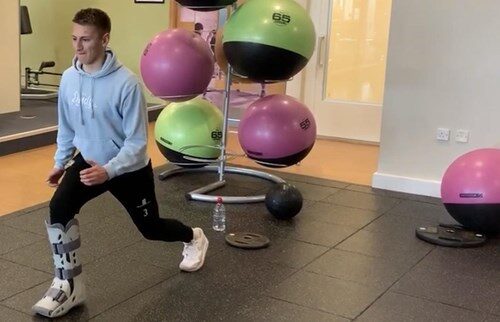
Common strategies include “stiffening up” knee flexion and ankle dorsiflexion, increasing hip extension and possibly moving to more of a rear foot strike which may help reduce the loading through the achilles while running. This can be done in combination with an eccentric strengthening program as advocated by Jill Cook and her friends. I would also advise that you include some jumping and hopping activities into the rehab plan as this will mimic the contraction speeds during running.
Calf pain
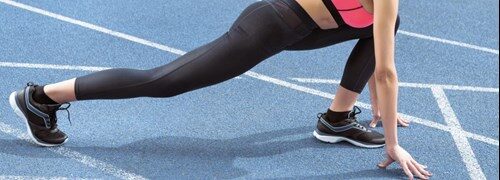
This can be a very problematic injury indeed and is quite often prone to recur. Anecdotally, I have found that improving the strength profile of the bigger muscles of the leg (quads / hamstrings / glutes) seems to stress shield against future injury to calf muscles. Increasing step rate and biasing a more rear foot ground contact can also reduce the load going through the calf muscles. Isometric heavy loading of the calf muscles,loaded calf raises and pogos (stiff legged hops) also form an integral part of the program to target the stretch shortening cycle. Again, it goes without saying that a graded return to running is advisable to reduce the risk of recurrence of injury.
Medial tibial stress syndrome (MTSS)
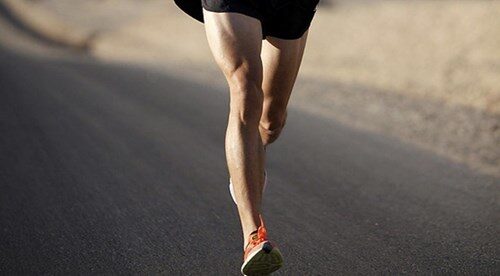
There are a number of names for this for this type of condition but simply speaking it is referring to people who complain of pain along the border of their shin bone may find it useful to reduce impact loading on the shin by increasing hip extension and step width (reduces a cross-over gait). In addition, if on assessment there is excessive hip adduction during running, reducing this adduction moment can decrease the bending moment of the tibia and hence place less stress on it (Pohl et al 2006). Anecdotally, I find that rotating between several pairs of trainers (full support to minimalist) also helps as it can vary the impact loading at ground contact which can help reduce repetitively loading the same part of the tibia and muscle groups in the same pattern.
Patellofemoral pain (PFP)

This is commonly seen in female runners possibly due to an increased hip adduction angle (> 20 degrees) when running (Willy, 2011, Noehren, 2010). In certain cases this can be addressed by getting the runner to focusing on activating the glutes at “toe off” (propulsive phase of the running gait) and another common strategy is to reduce overstriding by increasing step rate which has been shown to reduce the stress on the knee joint (Lenhart et al. 2014).
Iliotibial band syndrome (ITBS)
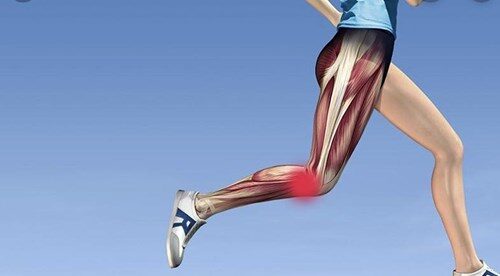
The popular methods for treating this condition include stretching and foam rolling, but I commonly see runners who have attempted the above and had no improvement in their symptoms. In these cases I have found that increasing their step width to reduce hip adduction and in some cases a cross over gait can work very well for this type of complaint.
Patellar tendinopathy
Photo by RUN 4 FFWPU from Pexels
As a general rule of thumb runners with patellar tendon pain tend to overstride, land heavily on their heel (sweeping statement I know!!) and struggle to absorb the impact on landing. Therefore, encouraging the patient to land softly, increase their step rate and move more towards forefoot landing might be a way to help reduce their symptoms and keep them running in the short term. Longer term, I would advise improving the strength and power profiles of their quads, glutes, hamstrings and assess their single leg dynamic balance.
Hamstring injury including proximal tendinopathy
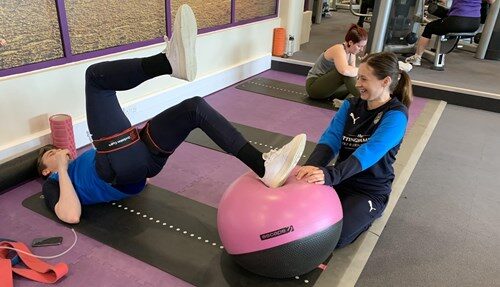
Quite often runners that present with this complaint stand with an anterior tilted pelvis and run with an increased forward trunk lean and land with a very straight knee (over-striders). In effect they are tensioning and stretching the hamstrings at the pelvis and the knee at the same time when landing. Therefore, getting them to run a little more upright, reduce their stride length and land softly under their body may help reduce the tension on the hamstrings and consequently alleviate their pain.
Gluteal tendinopathy
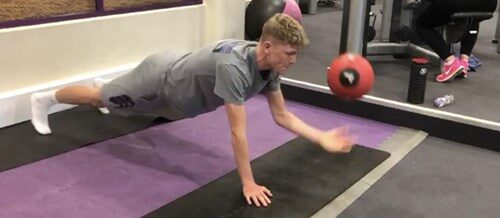
If a runner complains of gluteal pain I will often assess their running gait to see if they are excessively adducting their hip, if the pelvis drops on one side or if an overstriding pattern is present. If present, In the majority of cases if any of the aforementioned are present, activating the glutes to counteract the adduction moment at the hip may help to alleviate the situation.
If the above piece has sparked your interest, then please feel free to get in touch to explore the endless opportunities for getting you back on the Road again.
Sports Injury Clinic